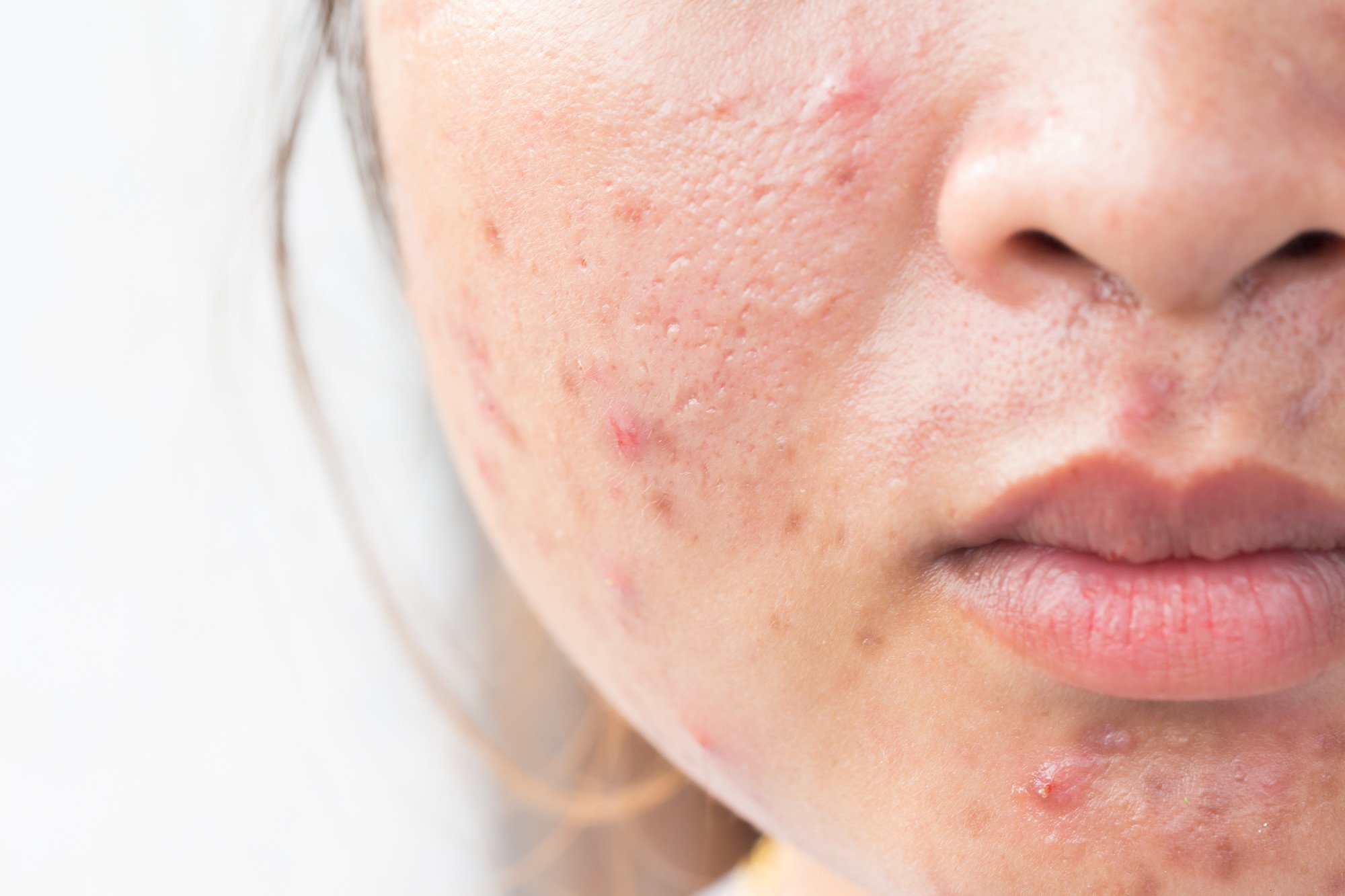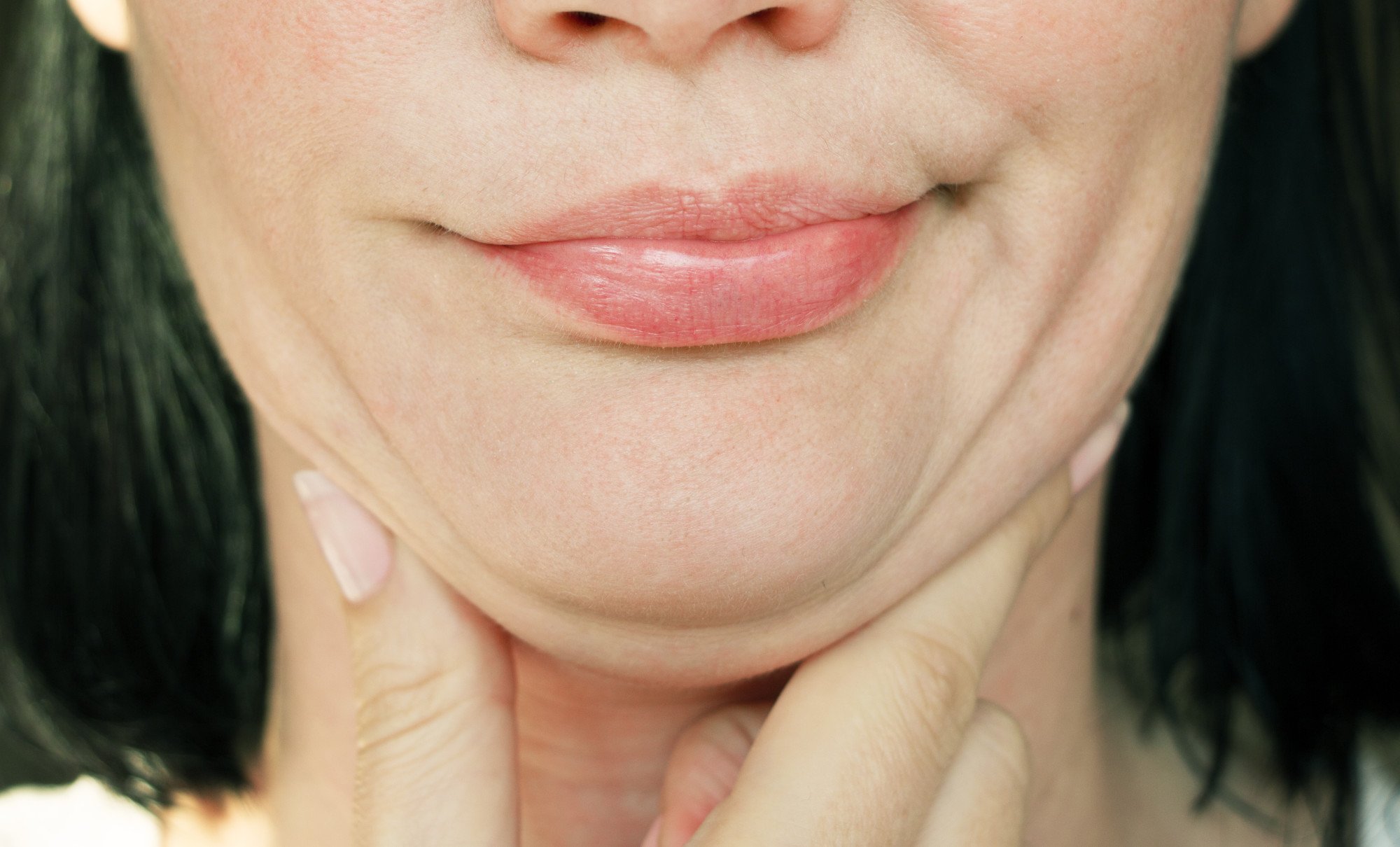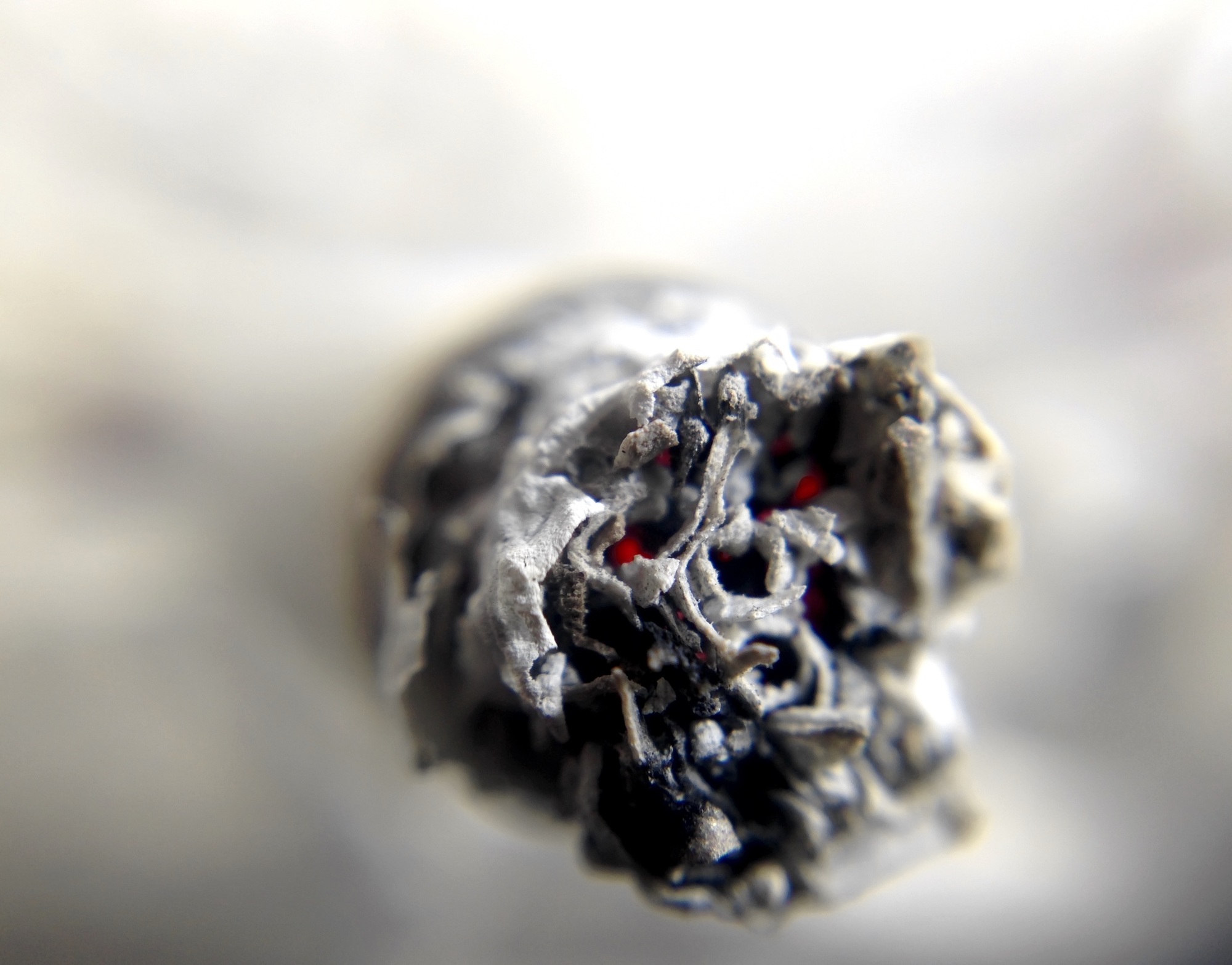Do you have an area of your skin that’s left with an indelible mark after a bout of acne? Do you sometimes consider whether what you have is an acne scar or an acne mark?
Breakouts don’t exclusively happen as teenagers. Being in your 20s can prove challenging when it comes to your skin.
But getting pimples doesn’t necessarily mean you’ll have bad scars. Whether you have a breakout as a teen or an adult, you must start addressing it immediately.
Let’s start separating the truth in stopping scars from occurring. Learning what constitutes acne marks vs. acne scars will help you in your journey to clear your skin. Read along to learn more!
Differences
Acne marks and acne scars have a few major differences. Acne marks appear as dark spots or a discoloration of the skin. They are primarily caused by the overproduction of melanin due to hormones, intensity of the acne, skin tone, and genetics.
Acne marks are less severe and can generally improve over time due to natural skin cell rejuvenation and melanin breakdown. Acne scars, on the other hand, are more permanent. They result from tissue damage caused due to severe acne.
They often appear as indentations, raised bumps, or other irregular texture and surface changes on the skin. Scarring can be deep, requiring extensive dermatological care, or can be light, resulting in tiny pockmarks.
Causes
Acne marks and acne scars are caused by inflammation within the skin. Acne is the result of clogged pores that fill with dirt, oil, and bacteria, resulting in the skin becoming irritated and inflamed. If the bacteria are not wiped away quickly, they can cause increased inflammation, which can lead to acne marks or acne scars.
Acne marks and scars are also caused by picking at or popping existing pimples, as this can lead to further damage and inflammation. Additionally, improper skincare can aggravate the issue and lead to more prominent and long-lasting scars.
The most effective ways to limit or reduce the visibility of acne marks and scars are to properly cleanse the skin, keep it moisturized, avoid picking or popping pimples, and use gentle skincare products that are designed for acne-prone skin.
Treatments
There are a variety of treatments available to reduce their appearance and restore healthy, clear skin. Depending on the severity of the condition, a variety of treatments may be recommended, including:
Chemical Peels
Chemical peels can penetrate into the deeper layers of skin to exfoliate and restore the skin.
Laser Treatments
Laser treatments can be used to reduce the visibility of acne marks and scars by using light energy to dissolve them.
Dermabrasion
Dermabrasion is a type of sanding that can remove the outermost layers of affected skin.
Microneedling
With the help of microneedling specialists, microneedeling can penetrate deeply into the skin and help reduce the appearance of acne marks and scars. For persistent cases, a combination of treatments may be recommended to achieve the desired result.
Learn About Acne Marks vs. Acne Scars Today
The difference between acne marks vs. acne scars is that marks will fade over time, while scars are permanent changes to the skin. To reduce the appearance of acne scars and marks, speak to a healthcare professional.
Try it now! They can provide guidance on the best treatments for you!
If you find this helpful and want to read more great content, check out our latest blog posts now!










